Behind the Scenes of the Toei Subway System
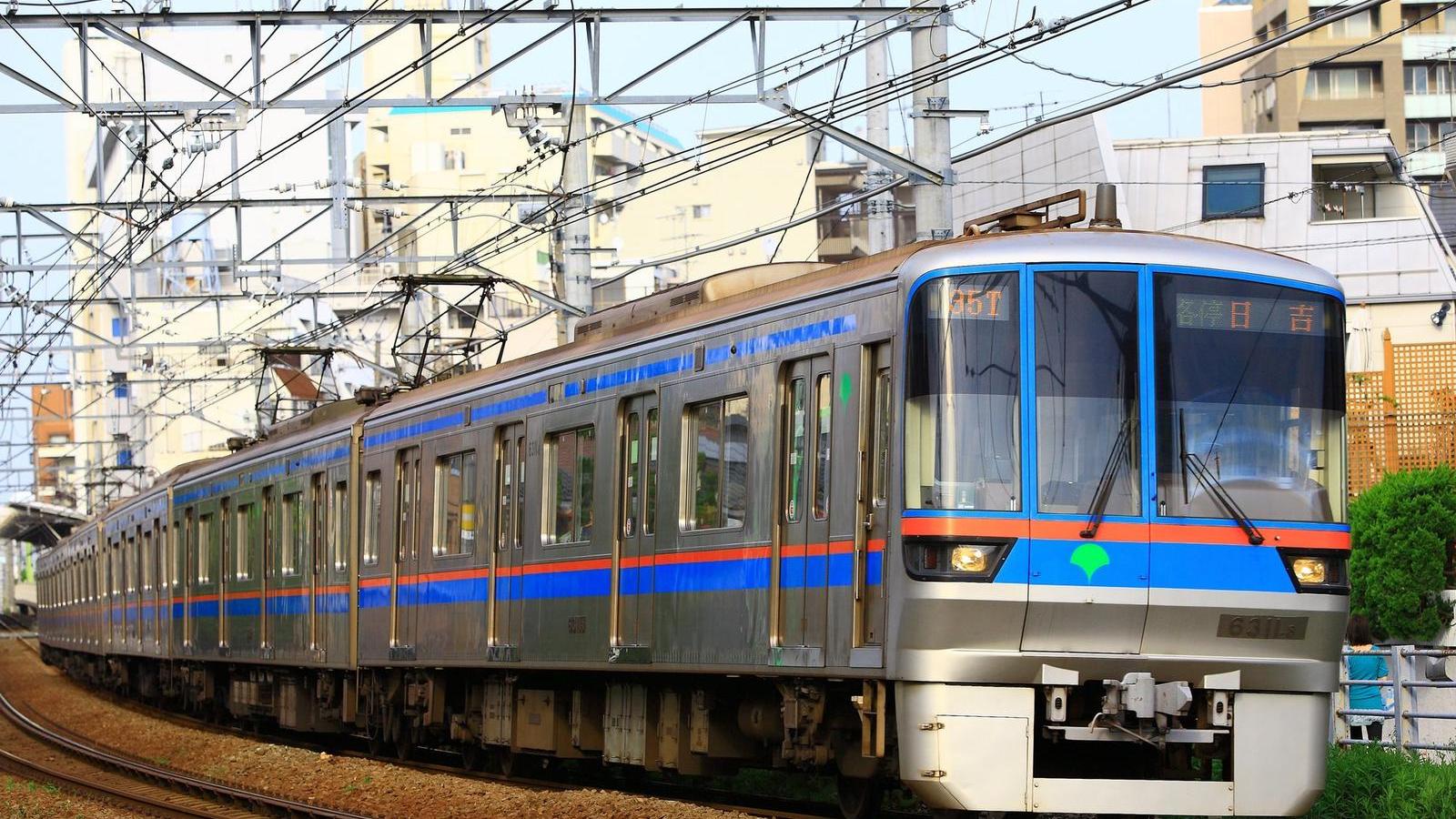
Always Right on Time, Always Committed to Best Practice
A train arriving at the platform, right on time. A completely normal sight in Japan. But how exactly do these minute-by-minute—sometimes even second-by-second—mechanisms work? How is all of this done?
"It all comes down to the skill of the crew members," says Hosogai Masaaki, deputy director of Operation Section, Subway & Street car Service Division of the Tokyo Metropolitan Government Bureau of Transportation, with a note of pride.
"The amount of time that the train is stopped at a station has a huge effect on whether the train system as a whole runs on time. Crew members have to be able to stop the train at the right spot at each station, and open and close the doors at the right times, to keep people safe."
For some lines, Automatic Train Operation Systems have made it so that trains can run "one-man," meaning without conductors on board. This allows the crew to leave the driving to the system, and focus on the aspects of operation that necessitate extra attention and split-second decision-making. It seems that even with all of this automation, some things always come down to human skill.
"I think another thing that sets Japan's railway system apart is how we railway operators all share information amongst ourselves. By implementing each other's best practices, we're able to keep the overall quality of our transportation network very high," notes Hiraga Kazumasa, deputy director of Operation Section, Subway & Street car Service Division.
This unified operation, not only in Tokyo but across all of Japan, is what allows passengers to transfer across railway operators with a single IC transport card, and what allows railway operators to implement replacement modes of transportation very efficiently in the event of delays.
Lessons Learned from Floods, Earthquakes, and Other Past Disasters
Railway tracks in the Tokyo metropolitan area have been subjected to many natural disasters. The lessons learned from them have led to the disaster prevention measures that are in place today.
For instance, there are currently tests underway to evaluate the measures that have been implemented to handle downpours. These include the installation of water gates to prevent floodwaters from entering through station entrances and exits, as well as the training of staff so they are able to communicate information to the right channels, and know what to do when lines are suspended or when they have to evacuate passengers. The results of these tests will inform improvements to the system. It is particularly important for subway stations to work with neighboring businesses and local communities towards this end, as they are often connected directly to underground shopping districts and facilities run by other railway operators. Railway operators thus work to strengthen this collaborative foundation by sharing information with each other on a daily basis.
Other disaster prevention measures that are underway include seismic reinforcement of the elevated piers and platform pillars, which have made it so that the city's stations and tunnels are now able to withstand earthquakes at the level of the Great Hanshin-Awaji Earthquake in 1995. The Toei Subway's early earthquake warning system also stops all trains as soon as it receives an earthquake alert, so that the staff can conduct safety checks—the same system in place for Shinkansen bullet trains. In past emergencies, this system has allowed for quicker responses and less damage when it comes to secondary effects.
After the Great East Japan Earthquake in 2011, it took a considerable amount of time for railway services to be restored in the Tokyo metropolitan area. As a result, many were unable to get home, and were forced to spend an anxious night at various train stations across the city. Because of this, all stations are now equipped with disaster supply stockpiles. This stockpile includes drinking water, emergency mats, emergency lights, thermal blankets, and portable toilets for people who are unable to get home.
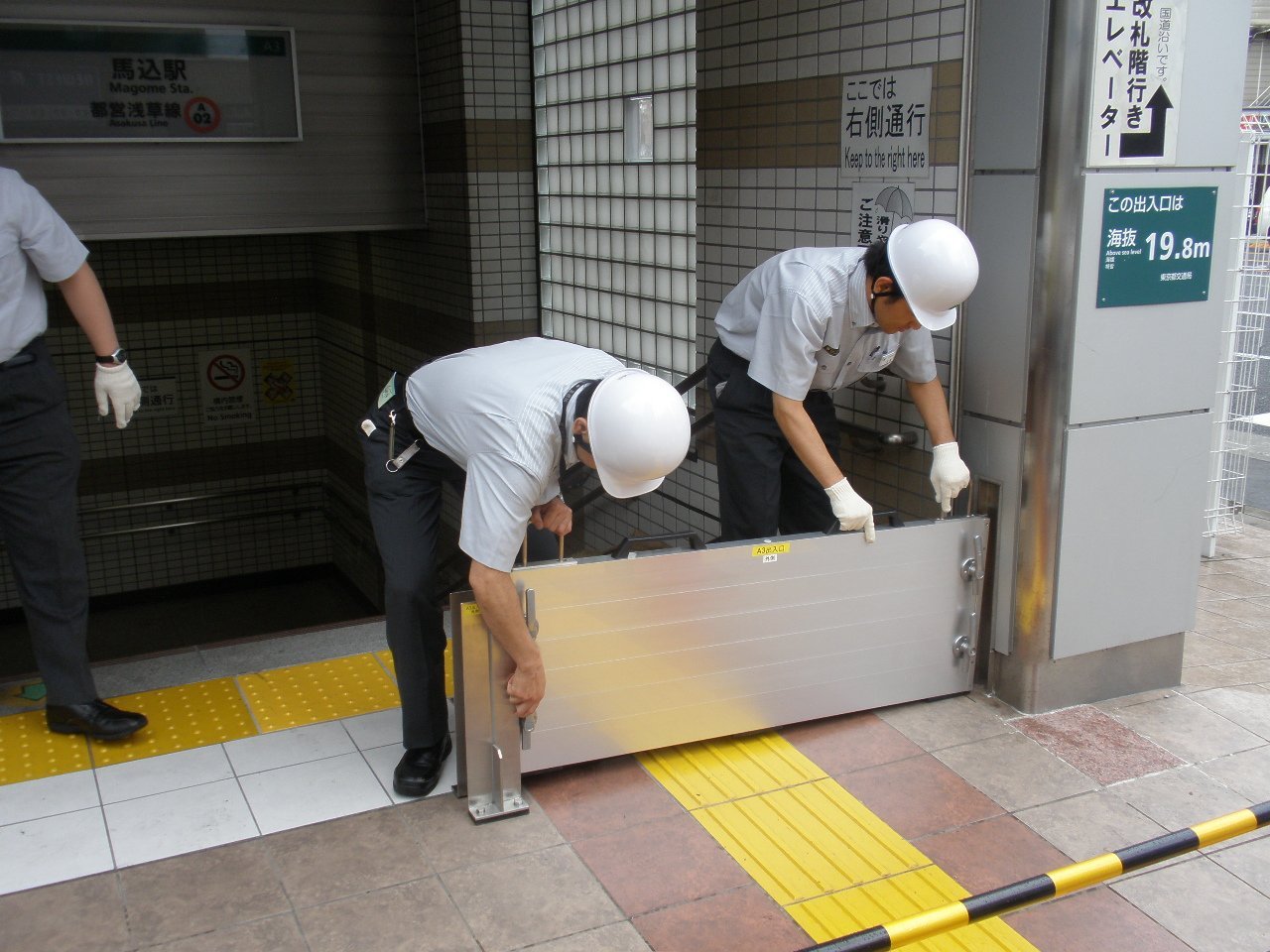
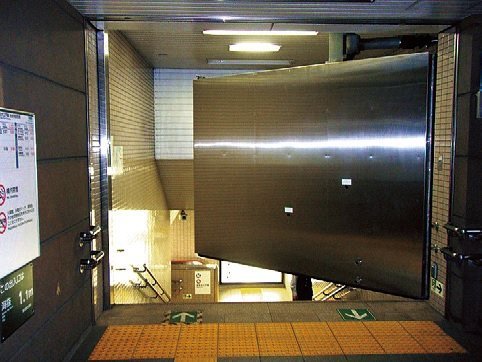
How the System Reunites You with Your Lost Umbrella
If you are someone who rides the train regularly, this must have happened to you: whether it be an umbrella on a rainy day, a bag on the overhead rack, or a smartphone on the seat—you get off the train, and you realize you have left something behind. The Toei Subway handles about 155,000 lost items a year, an average of about 423 items a day (as of 2020). The sheer volume of these items is a struggle to manage. Commonly forgotten items include umbrellas, which are misplaced year-round, and in recent years, wireless earbuds.
"These are items that are important to our customers, so we log all that are left behind, and manage them centrally through a database at the Customer Center." Yamamoto Hiroyuki, deputy director of the Customer Service Section of the General Affairs Division, went on, saying that these logs include detailed descriptions of the lost items to boost the likelihood that customers will be reunited with their belongings.
Something as simple as a sticker or a work of embroidery can set your belongings apart from those of others, even if they are otherwise the same product, and make it much more likely for your belongings to be found—something we should all remember as we go about our everyday lives. Everybody loses things occasionally, after all.
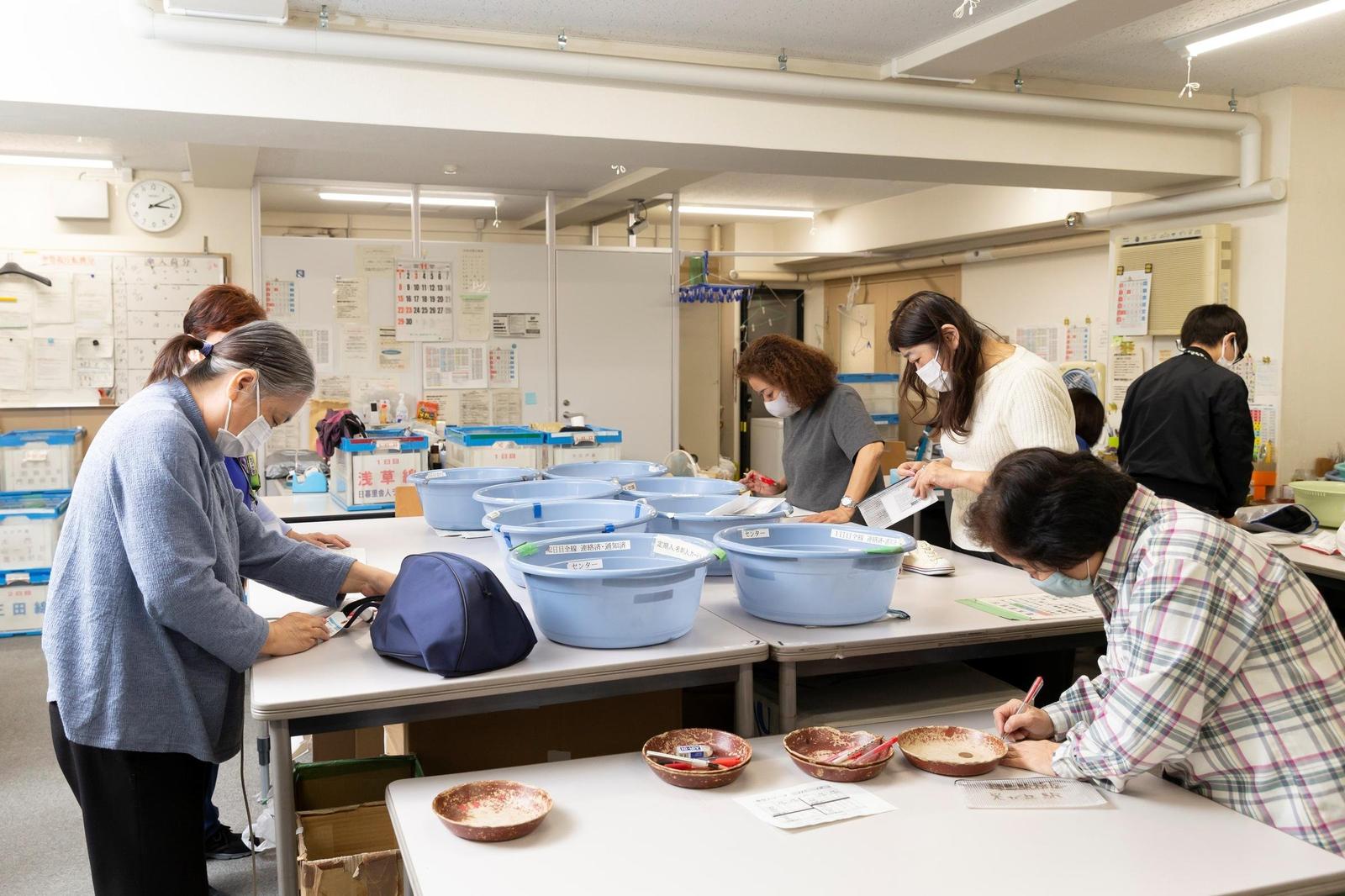
The Tokyo transportation network is supported by the synergy between cutting-edge technologies and the tremendous skill of the network's crew, as well as the quick and efficient communication channels that have been maintained amongst its many railway operators. The "norm" that is the safe and reliable public transportation in Japan is maintained, always, by the behind-the-scenes efforts of railway companies, hidden from the public eye.
*Affiliations, job titles, etc., are as of March 2022.
Photos by Bureau of Transportation, Tokyo Metropolitan Government
Translation by Amitt

